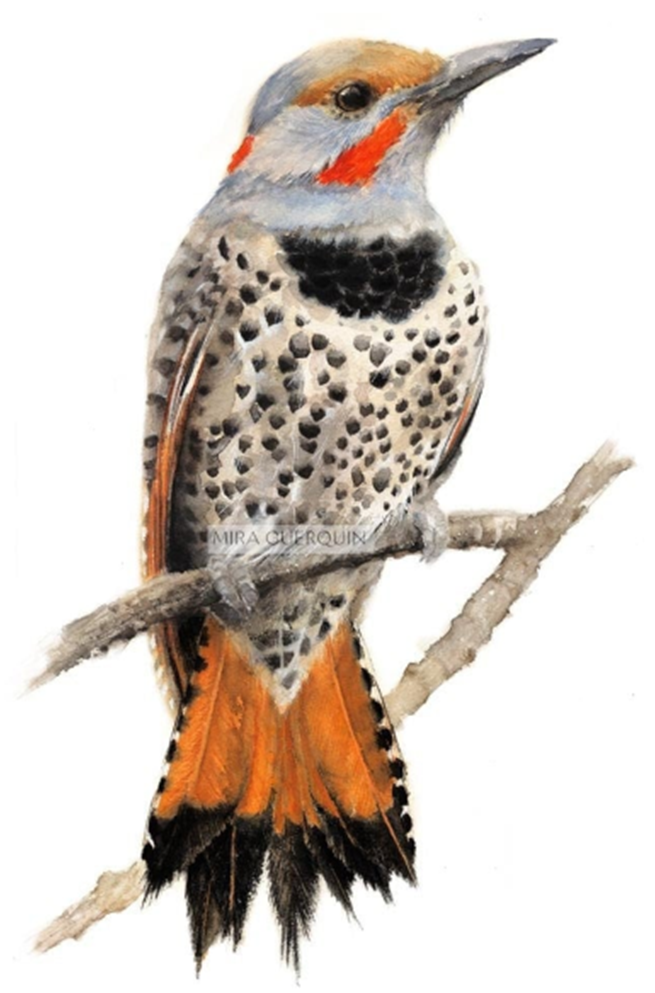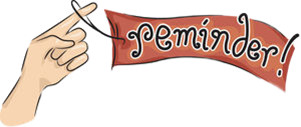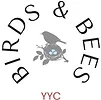LINK TO PDF NEWSLETTER DOWNLOAD

Two subspecies of this woodpecker occur in Canada: the “yellow-shafted” and the “red-shafted.” As you might have guessed, they are distinguished by the colour of their flight feather shafts, among other differences. Red-shafted birds are found in the western provinces, while their yellow-shafted counterparts dominate the east. In parts of BC, Alberta and Saskatchewan, you may observe hybrids combining features of both subspecies.
Northern flickers can reliably be encountered at some point during the year in every Canadian province and territory except Nunavut. You might also notice their bright white-rump patches as they fly up into the trees.
In order to peck away for communication, nest excavation and hunting, Northern flickers like other woodpeckers have a few adaptations to prevent them from getting headaches, including plate-like bones in their skulls to increase flexibility, a specially formed hyoid bone that wraps around the whole skull and acts as a seatbelt to reduce impact and a lower jaw bone that is longer than the upper. This differing length in bones helps direct the shock from pecking to the body rather than the head!
The flickers feet are short with two toes in front and two toes behind. The tail feathers are pointed at the tip which allows them to grip onto the bark of a tree for support. The strong bill is slightly arched and nearly as long as the head. It has a worm-like tongue, with a hard sharp tip that can be extended far beyond the end of the bill to spear an insect in a hole. The body of the tongue is covered with sticky spit to capture ants and other small insects.
It is also uncharacteristic of a woodpecker in that it sits on branches, rather than along the bard of a tree. Flickers also fly in the undulating manner of most woodpeckers, interspersing periods of gliding and flapping.




